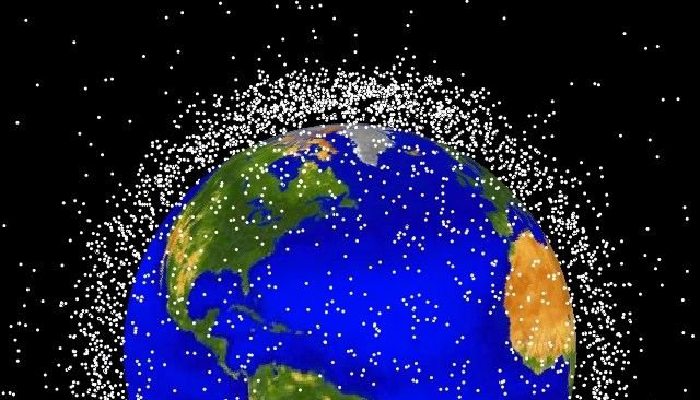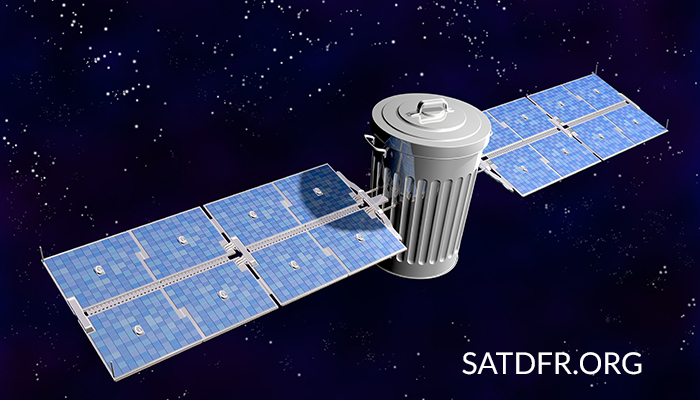by michael | Jun 27, 2019
The Catcher’s Mitt study was conducted to evaluate the need for, and the technical feasibility of, reducing the amount of orbital debris via active removal. The Defense Advanced Research Projects Agency (DARPA) with support from the Orbital Debris Office at NASA...
by michael | Jun 27, 2019
The following paper presents a novel taxonomy method for LEO space debris population. The goal of the method is to provide a new way of classifying low Earth orbit (LEO) space debris objects to support future ADR missions and aid decision making. The method is...
by michael | Jun 27, 2019
The objective of this paper is to examine when the aerospace community should proceed to develop and deploy active debris removal solutions. A two-prong approach is taken to examine both (1) operational hazard thresholdsand (2) economic triggers. Research in the paper...

by michael | Jul 23, 2015
With apologies to Garrett Hardin The tragedy of the common orbits develops in this way. Picture an orbit open to all. It is to be expected that each operator will try to keep as many satellites as possible in the orbit. Such an arrangement may work reasonably...


